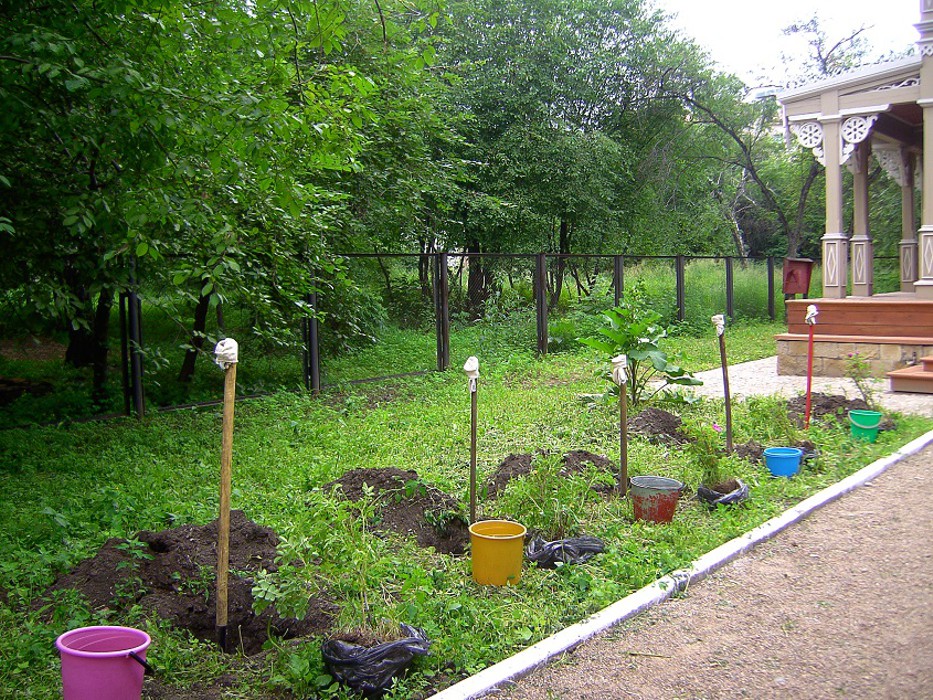Important rules for planting roses in autumn
Content
Time to board
The main nuance in how to plant a rose in the fall is the timing. Everyone knows how to plant correctly, but when? The answer to this question is corrected by the weather. The fact is that you need to plant a bush on a site a month before the onset of real frosts. Three to four weeks is just enough for the plant to get used to a new place, to grow several lateral roots, to gradually prepare, along with cooling the air and earth, for a dormant period.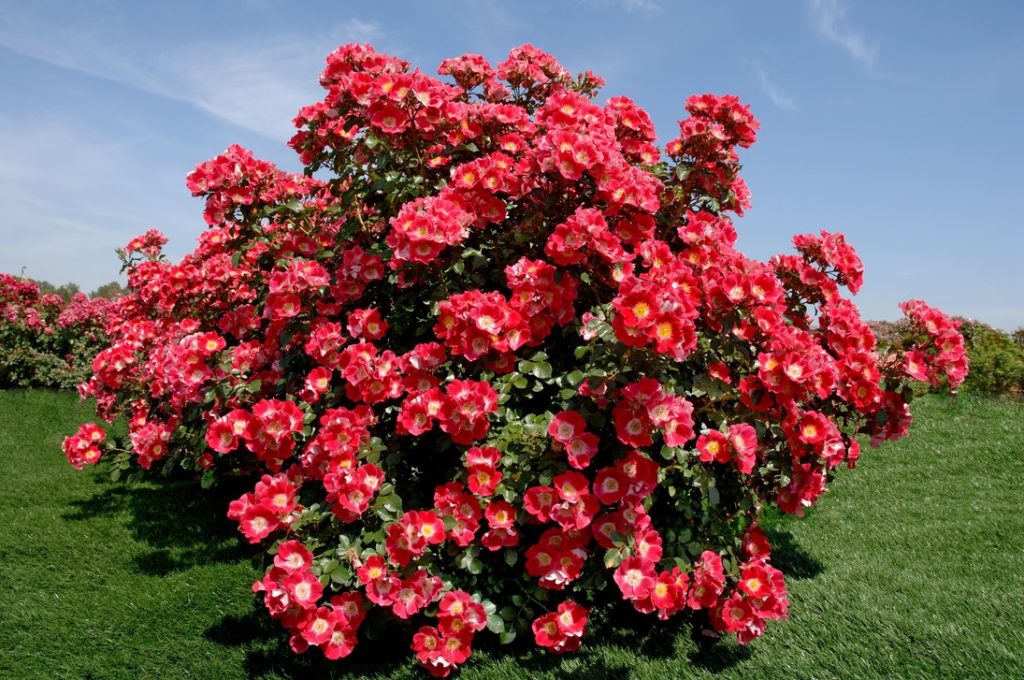
The southern regions can afford to plant roses in October, usually in the second or even third decade.
In the middle lane it is better to do this, if in October, then in the first decade, and better in the second half of September.
In more northern regions, early September, or even August, is suitable. Each grower must determine this time, based on the time of constant frost, which is usual for his area, counting from it at least three weeks.
Video "Planting in the fall"
From the video you will learn about the important planting rules in the autumn.
How to get a seedling
It is best to buy a seedling in a reputable nursery or in a store where there is often a significant discount on such products in the fall. Many growers plant rooted cuttings or plants grown from the seeds of their own roses in the fall.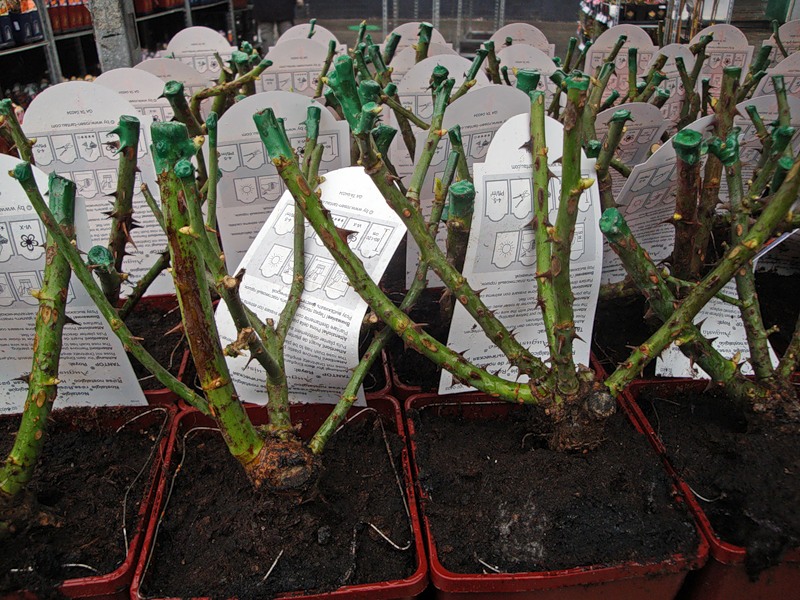
A suitable time for rooting cuttings is the period from the beginning of bud formation to autumn. Those who want to grow their own rooted roses, at the beginning of flowering, cut semi-lignified shoots into pieces with 3 - 4 buds and root them in water or soil. By the end of summer, the cuttings should have already acquired roots and even young branches.
Seeds from last year's fruits are sown in autumn or spring, in any case, by the end of the season, they have already turned into young plants with roots that can be planted in a permanent place of growth.
How to choose the best seat
Roses grow well in open sunny areas, protected from the north wind and drafts. This may be the southern slope, on which water will not linger after rains or melting snows. It is important that the groundwater does not come close to the surface, since the rose does not like stagnant water or swampy conditions. If there is such a threat, it is worth organizing drainage and raising the flower bed above the general ground level.
The place should be free from other large plants, the flower should not be shaded from trees or buildings in the morning and evening hours, it is permissible (and sometimes even desirable) to shade in the hottest daytime.
If you plan to plant several plants, then the planted roses should not shade each other, too frequent arrangement of bushes will not allow air to circulate enough to ventilate them, and this already threatens with diseases. Therefore, you need to keep in mind the size of the mature bushes.Usually, from 50 cm to 1 meter is left between them, for low bushes less, and for climbing roses - 1.5 m or even more, for standard roses - at least 3 m in general.When planting climbing roses, it is worth considering a place for winter shelter of the aboveground part ...
Better weather
For an autumn planting, it is advisable to choose a fine day, you do not need to do it in the rain or snow. Plants are well accepted in autumn precisely because the weather is right - the air humidity is higher than in spring, and the air and soil temperatures are optimal for the new plant. But, if you plant it at low air temperatures, or when cold rain and snow cool the soil, it will doom your actions to failure. If the seedlings are waiting, and the weather has deteriorated for a long time, then it is better not to risk it, you can plant roses in the fall next year, and these will have to be left until spring. It is advisable to dig them in with sand or earth, place them in a cellar or other room where the temperature will be maintained from +1 to +5 degrees. They winter well, and then they will grow, planted in the spring.
Soil preparation
Roses need light, breathable, non-acidic (or slightly acidic) fertile soil. This is the one you need to prepare a few weeks before planting. To do this, the site is cleared of weeds and all plant residues, dug up, corrected, if necessary. Acidic soil is corrected by adding lime or dolomite flour, heavy soil is mixed with peat, sand and compost. Then they dig a hole larger than the root system of the seedling. Its bottom is loosened with a pitchfork, the earth taken out of it is mixed with rotted manure, wood ash and mineral fertilizers are added.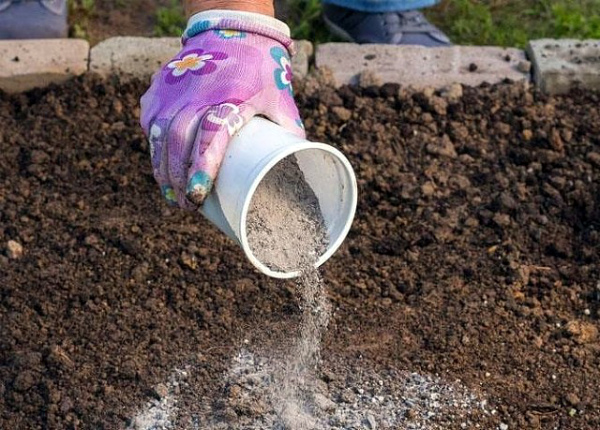
If the soil is completely sandy, then clay, peat, compost should be added. Clay is brought in dried, ground to a powdery state.
Roses grow well on manured soils, and they prefer horse manure, but it cannot be added fresh, only rotted.
Preparation of seedlings
When choosing a seedling with an open root system, special attention should be paid to it, its good development is confirmed by the presence of a large number of thin roots. The roots should be healthy, not overdried, without spots or traces of rot, light on the cut. Shoots also need to be examined, they should not have traces of rot or diseases, there should be at least three well-developed healthy shoots.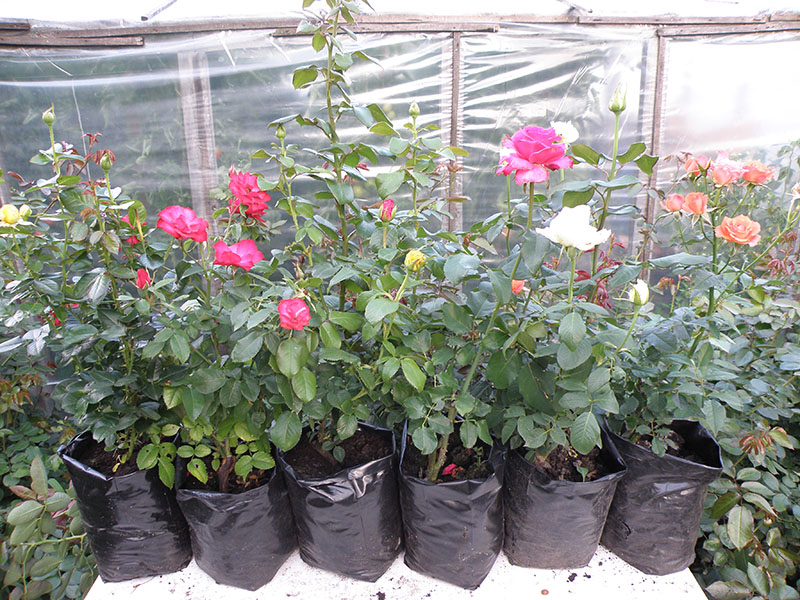
The day before planting, the roots should be soaked with water, preferably taken at a temperature not lower than +18 degrees. And just before planting, the root is shortened to 30 cm, and the shoots up to 35 cm, the entire seedling should be treated with iron sulfate to prevent diseases. Some growers advise dipping the roots in a clay mash with the addition of a slurry solution.
Landing
If everything went well, on a cool autumn day, you can update the pit, pour a hill of prepared earth on its bottom, install a seedling on it, straighten all the roots along this earthen hill, and gradually fill it up. They do it carefully, pour in a little, then tamp, then add earth again. The earth must be tamped, and then watered abundantly with water, make sure that there are no voids left, the bush sits firmly, and the place of the scion is 5 - 8 cm below the surface level and looks to the south. Some advise to lower the root collar even lower, because over time the plant rises a little, and it can open, this should not be allowed. When all the water is absorbed, you should still add earth. This was the so-called dry landing method.
The wet method differs from it by the use of root growth stimulants, drugs like Kornevin. Such a preparation is dissolved with water, at least a bucket is poured into a pit, and then a seedling is lowered there, gradually filling the roots with prepared earth. Then they also tamp it, check by slightly pulling the top, whether the bush sits tightly, fill up the earth, water it from above, mulch.
After 2 - 3 weeks, young plants get used to a new place, they have new roots, which means that in spring they will quickly begin to grow. The next task of the grower is to cover them well for the winter. Before the very frosts, the bushes are shortened by at least a third, covered with dry earth with sand, sawdust, dry leaves by 25 - 30 cm, and covered for the winter. Best of all, young roses winter under fir spruce branches and lutrasil, they need to provide dry air under the shelter so that the shoots do not melt.
Phased Landing Video
From the video you will learn all the stages of the correct planting of bushes.




